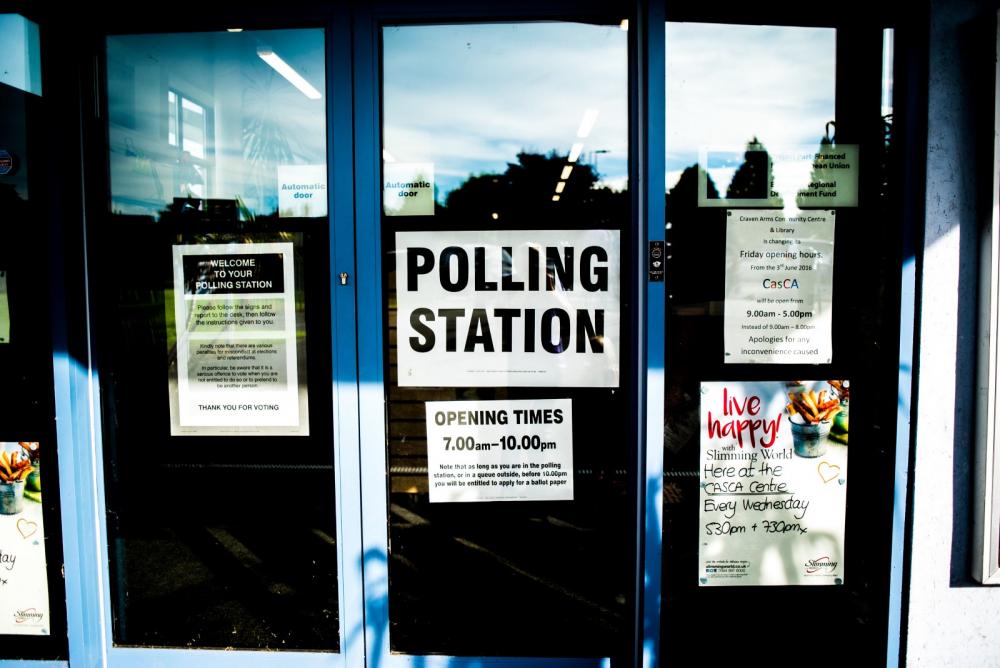Elections — Humans VS Technology

With our impending General Election this week, we explore the ways in which humans and technology work with one another within the electoral process to create a secure and trusted process for voters.
Firstly, let’s start with the first step, you can register to vote online, you can also register to vote via post. Both are extremely adequate ways of securing your vote. You’ll probably be unsurprised to hear that on the 22nd May 2017 (closing date of enrolment for this General Election), 612,543 registered digitally VS 9,855 paper form registrations — to say that’s a large difference would be a complete understatement, but at least it presents the sheer importance of the registry being an online tool which is accessible for those who are able to access digital easily.
Moving on from the registry itself, we aren’t at the stage which some US states are regarding online voting, something which divides people whenever the conversation arises. Does online voting open us to hacking or fraud? Would turn out be higher if you could simply log on and vote? Let’s be honest, until online voting is actually implemented, no one is going to know the answers to these questions — nor will we ever know if it is a viable product. Without investing what would probably be millions into this project, we will have to continue popping down to the polling stations or simply filling out a postal vote.
When it comes to the validation of postal voting, this is quite a long and thorough process, it extends from the scanning of forms to validate signatures to the opening of thousands of envelopes. An event which people do actually show up for.
If you are a postal voter, you will know that you have to confirm your date of birth and your signature, you may also remember when you applied to vote via the post, you had to fill in forms with these details on — this is to match up both of these during any further electoral activity. For your postal vote to be valid, your signature and date of birth MUST match what you filled out on your original application. How are these matched I hear you ask? Well, there are some clever bits of software about which easily match these up. And the best bit? If they aren’t completely confident that your results match, it is down to human judgement that voter is who they say they are. The process is sped up where required and human intervention is injected where there may be any queries, and it’s not just anyone who is left to approve these votes, its trained professionals who know exactly what to look for. A process that certainly leaves me with peace of mind for postal votes.
Most voters will know the process of voting at a polling station. It’s quick, it’s easy and it’s secure. Most importantly, for many, it’s human lead and you are able to have some actual interaction to ensure you are who you say you are along with the protection of your vote after it is placed. Arguably, to move to an online model for many would take away a huge aspect of the electoral process.
Finally, we come to the actual count, something which for a General Election, is largely human lead, with a huge room of people counting and recounting to make sure that every vote is accounted for and correct.
You may have recently voted in the election for your Mayor and noticed that there were two votes for this, in these instances, some votes are recounted through a piece of software to ensure that all of the maths is correct when counting the more complex votes.
The voting process is extremely diverse in its balance between technology and human validation to ensure that the process is as robust and efficient as possible with the main possible ways of moving to a more digital electoral landscape being online, remote voting and the counting of votes using technology at all stages.
We would love to hear your thoughts on the voting process as currently stands and what may happen in the future (please, no political party talk) or if you just fancy a coffee on us, drop an email to hello@wool.digital.